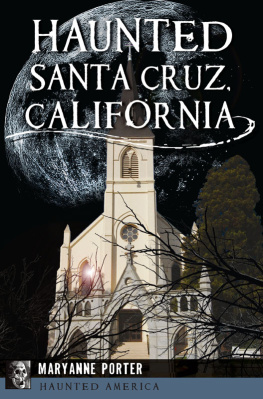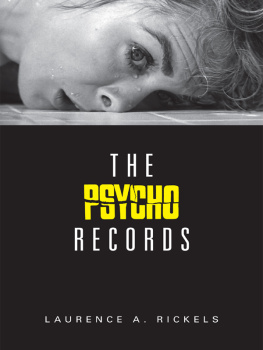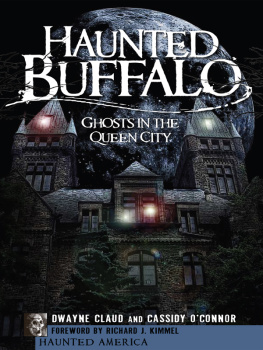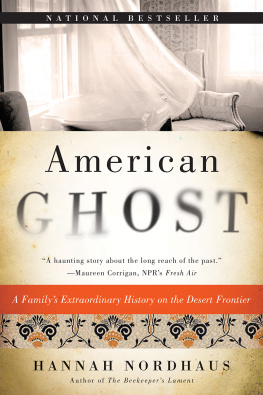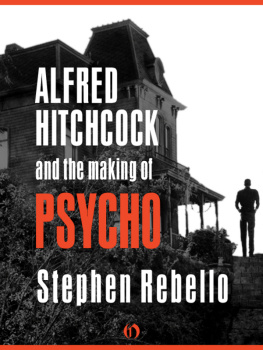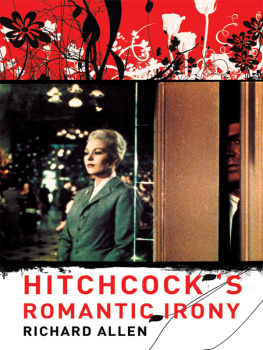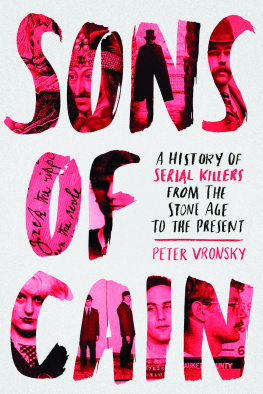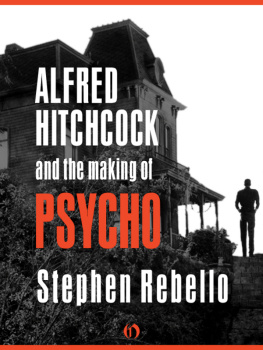

Published by Haunted America
A Division of The History Press
Charleston, SC
www.historypress.net
Copyright 2016 by Maryanne Porter
All rights reserved
First published 2016
e-book edition 2016
ISBN 978.1.43965.788.1
Library of Congress Control Number: 2016939300
print edition ISBN 978.1.46713.603.7
Notice: The information in this book is true and complete to the best of our knowledge. It is offered without guarantee on the part of the author or The History Press. The author and The History Press disclaim all liability in connection with the use of this book.
All rights reserved. No part of this book may be reproduced or transmitted in any form whatsoever without prior written permission from the publisher except in the case of brief quotations embodied in critical articles and reviews.
In memory of my father, Sir Stanley the Great.
Although I know youre smiling from heaven, your words of wisdom and lovable wit have never left me.
You can accomplish anything in life that you want to; you just have to want to
Que sera, seraWhatever will be, will be
CONTENTS
ACKNOWLEDGEMENTS
This book is a reflection of my love for legends, myths, folklore and the history of Santa Cruz. Written from a speculative perspective and taken from actual accounts of history as well as lore, this effort and the passion it invokes has taken me on many adventures, from exploring claims of the paranormal to uncovering historic mysteries of long ago. The experiences in which I have taken part are without comparison. However, no adventure would be complete without someone to share it with, and if it wasnt for the many people who have dedicated their time to help me in the creation of these stories, I wouldnt be presenting these works to you now.
First and foremost, a huge thank-you to the Santa Cruz Ghost Hunters team, my dear friends and extended family: Sangye Hawke, Rhiannon Mai, Jay P. Alvarez, Beth Gemeny, Timothy Loe, Aimee Correa and Susie Elaine Dryden. Without your passion, expertise and love for the paranormal and the history of Santa Cruz, I would not have been able to transform my vision into a reality. I truly feel blessed to know you all.
To my childhood sweetheart Michael Sorbet, thank you for supporting me in the creation of this book, as well as tirelessly waiting by my side with words of encouragement.
A special thanks to the amazing historical researchers of Santa Cruz, who assisted me in my quest for information, without question: the Santa Cruz Museum of Art and History; Marla Novo, Paradise Park historian; Barry Brown, SLV historian; Lisa Robinson; the Watsonville Historical Society; Capitola Museum; Sangye Hawke; and Evergreen Cemetery.
Additional thanks go to my mother, Margaret, who maintained her excitement in the creation of these works; even so, I locked myself away from her to complete it (sorry, Mom).
To my children, remember that the past does not define usit shapes us, and the choices we make in our future help complete us. I love you all and want you to remember as you grow and experience things in life, that these are lessons to be learned. You have to take the good with the bad, and as your grandfather would say, you can accomplish anything in life that you want toyou just have to want to.
I would also like to thank Arcadia Publishing and The History Press for all of your help in the creation of this book.
This work is dedicated to the people of Santa Cruz County. I hope you enjoy Haunted Santa Cruz, California as much as I enjoyed creating it.
LEGENDS OF HOLY CROSS
The wire-tipped whip struck down the young childs back for a third time. The sobbing neophyte women huddled in a corner and watched helplessly as the priest relentlessly whipped the innocent Ohlone boy again and again while he wailed in terror and begged for forgiveness. The childs mother knelt before the priest with her arms extended out, her hands folded in prayer, begging for mercy. Take me padreplease take me! she cried out in Spanish, but her screams fell on deaf ears.
Blood poured down the young boys back as his flesh was ripped apart with each vicious lash. His dark-brown eyes filled with panic, and tears fell down his cheeks as pain soared through his little body with every strike. His blood-curdling screams echoed through the moonlit night. The child stood helpless, with his arms stretched out on either side of him, wrists bound by rope. The young boy frantically tried to free himself, but it was no use. With one final swoop, the priest struck the last mutilating blow, knocking the young Native American boy unconscious. His cries were silenced; the neophyte women held their breath in fear that the boy was dead. Consumed by rage, the neophyte men yelled furiously in their native tongue as they were detained by Spanish soldiers. The friars who were observing the punishment grew fearful for their safety and armed themselves with wooden pitchforks aimed at the bellies of the enraged natives. The childs mother knelt nearby sobbing uncontrollably, holding her hands over her mouth to muffle her cries for fear of angering the priest any further. The punishment was finally over.

Overlooking Holy Cross, Santa Cruz. Courtesy of Santa Cruz Museum of Art and History.
In 1790, nearly three hundred years after Christopher Columbus claimed to have discovered the Americas, Spanish ships lined the littoral seas of the Monterey Bay area in a joint effort to colonize its coastal banks. Its native inhabitantspeaceful villagers known for hunting, fishing and basketmaking skillslooked on the newcomers with a welcoming curiosity. Little did they know that life would soon be changed forever.
The Franciscans gathered on the shores of the prospective new land, and after much survey, they chose a location off what they named the San Lorenzo River, or St. Lawrence, to build the twelfth of twenty-one Catholic missions, dubbed Santa Cruz, Spanish for Holy Cross. The river was the very lifeline and essence of the Ohlone people, as it fed tribes from the mountainous ranges to the foothills and the coastal beaches and was filled with fish and was surrounded by fertile land. It was a gift to the Ohlone people from the great spirits.
Soon after their arrival, the Franciscan priests and friars befriended the indigenous people and hired them to build their mission in exchange for food and boarding. The friars began to educate the native inhabitants, teaching them Spanish and converting them to Catholicism. Many of the tribes people entered the mission life of their own free will. They believed that these newcomers from across the vast sea were sent by the great spirits to teach them an important message. Meanwhile, others feared both the friars as well as the priests and stayed close to their native villages.
On August 28, 1791, Father Fermn Lasun, founder of the Santa Cruz Mission and successor to Junipero Serra, oversaw the creation of the mission and sanctified the soil where the mission would soon be built. Showering the earth with holy water and chanting a religious prayer up toward the heavens loudly enough for God himself to hear, the Catholic priest blessed the ground; a giant wooden cross was erected for all to see. Within a few months, the Santa Cruz mission on the San Lorenzo River was flourishing. Nearby missions from Monterey and San Jaun Bautista furnished the endeavor with supplies such as seeds, horses, cattle and more native workers. Framing began, and the missions future looked bright.
Next page
